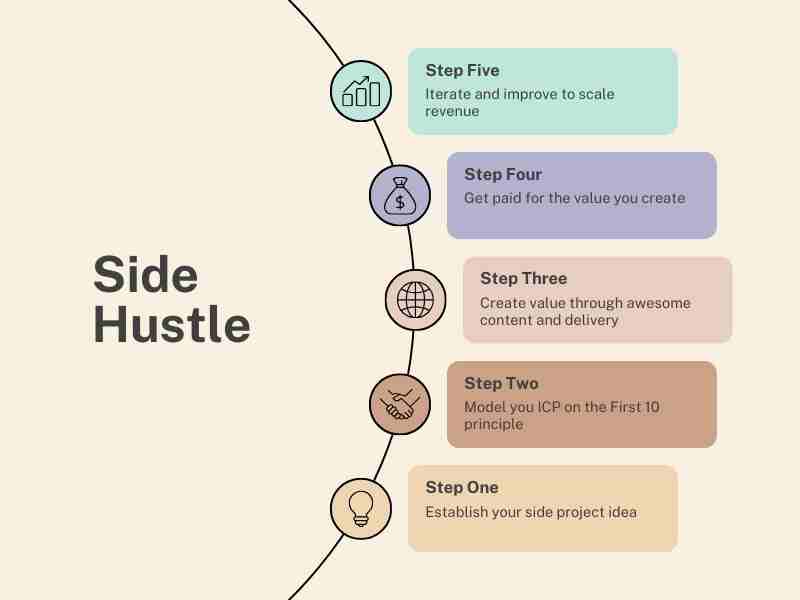
Looking to achieve a peaceful and financially secure retirement? Creating multiple avenues of passive income can be a clever approach to enhance your savings. Given the fluctuating market conditions, diversifying your income ensures that you can maintain a comfortable lifestyle in your later years without having to depend entirely on your retirement savings.
Here are several effective passive income methods you might consider to increase your retirement savings:
Top 10 Strategies for Earning Passive Income in Retirement
1. Dividend Stocks
Investing in stocks that pay dividends can yield a reliable income stream. These are shares in companies that periodically share a portion of their profits with investors. While capital gains may be limited with these stocks, the recurring dividends assist in managing monthly expenses and provide diversification for your portfolio.
2. High-Yield Savings & Interest-Bearing Accounts
Though they may not be as profitable as stocks, interest-bearing accounts such as high-yield savings accounts and certificates of deposit (CDs) provide reliability and straightforward access to funds. Some accounts offer returns exceeding 5%. CDs may deliver higher yields but come with a mandatory holding period and usually a larger upfront investment.
3. Bonds
Bonds can be a secure way to generate passive income, as they provide interest payments over a specified duration. Government bonds are less risky and offer lower returns, while corporate bonds are riskier but offer higher interest rates. Awareness of the maturity date aids in effective financial planning.
4. Annuities
Annuities require an initial investment in exchange for predictable income over a specified timeframe or for life. These can include options for inflation protection or benefits for a spouse. Remember to name a beneficiary to ensure that unutilized funds are not forfeited if you pass away prematurely.
5. Real Estate Investments
Investing in real estate can take various forms:
– Real Estate Investment Trusts (REITs): These provide a straightforward and affordable way to invest in commercial properties without the need to manage them directly.
– Rental Properties: Owning and leasing residential or commercial spaces can generate steady rental income. Hiring property management can make this investment more passive.
– Real Estate Crowdfunding: Collaborate with others to fund real estate ventures using smaller investments and receive returns through rental income or property appreciation.
6. Peer-to-Peer (P2P) Lending
Offer loans to individuals via online platforms like Lending Club. These platforms evaluate borrower risk, and while such loans carry inherent risk, spreading funds across multiple loans can help mitigate potential losses.
7. Renting Out Personal Assets
Convert unused personal assets into cash-flow sources:
– Extra Property: Rent out a vacation home or spare room using services like Airbnb.
– Storage Space: Platforms like Neighbor enable you to rent out attics, garages, or storage closets.
– Camping Land: List undeveloped land for camping on sites like Hipcamp.
– Vehicles: Rent out extra vehicles through Turo or your RV using RVshare. For boat owners, Boatsetter offers a comparable opportunity.
8. Monetize Hobbies and Skills
Turn your interests into sources of income:
– Tutoring: Provide online lessons or personalized support in subjects where you excel.
– Photography: Sell stock images on websites like Shutterstock or iStockPhoto.
– Handcrafted Goods: Create an Etsy store to market your handmade crafts or art.
9. Share Your Knowledge Online
If you have a knack for teaching, consider creating digital content such as blogs, videos, or courses:
– Blogging: Discuss topics that interest you and earn income through affiliate marketing and advertisements.
– YouTube & Podcasts: Develop captivating content and profit from sponsorships, ads, and affiliate sales.
– Online Courses: Utilize platforms like Teachable to offer educational courses on subjects where you have expertise.
10. Take Advantage of Reward Programs
Reap financial benefits with minimal effort:
– Bank and Credit Card Sign-Up Bonuses: Fulfill certain criteria to receive cash or travel rewards upon registering.
– Cashback Credit Cards: Gain rewards on everyday spending, particularly in areas like groceries or travel.
– Cashback Apps: Save money using apps like Rakuten or Ibotta that provide rebates on your typical purchases.
Understanding Taxes on Passive Income During Retirement
Different forms of passive income are subject to varying tax treatments. For example, capital gains often face lower tax rates compared to other income types. It is wise to consult with a tax advisor to consider tactics like tax-loss harvesting to reduce your investment tax obligations.
Final Thoughts on Passive Income in Retirement
View passive income as a means to alleviate financial stress in retirement—not as your primary funding avenue. Even modest earnings can extend your retirement savings, limit withdrawals from your retirement accounts, and create a buffer for unforeseen expenses. Emphasize balancing potential gains with your risk appetite and diversifying your income strategies to optimize results without compromising your financial security.
With appropriate planning and smarter income approaches, your retirement can be as fulfilling as it is enjoyable.